Have you ever wondered how to create amazing high-key, high contrast black and white wildlife photos? Although they appear difficult, it’s actually WAY easer than you think! In this video, I’ll show you the field techniques required to capture the type of image that works well as a high-key B&W photo and then I’ll take you through how I post-process those images, step by step.
Check it out – it’s a fun, easy technique that’ll add a new dimension to your wildlife work!
PS – If you enjoyed this post, I think you’ll REALLY like my e-books and video workshops! Thousands of pages and hours of videos filled with tips, tricks, and techniques – all my best content! Check ’em out – click here (hey, it’s free to look).

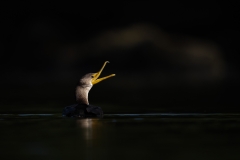
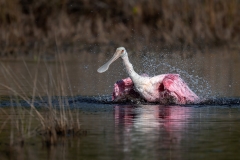
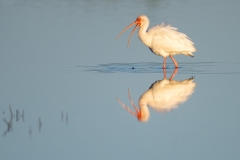
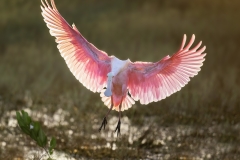
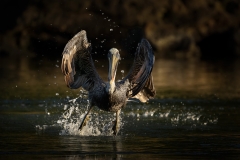
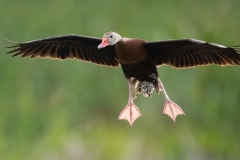

I really enjoyed this video and the teaching was perfect as usual. One thing for me being very new to Lightroom, I followed the concepts but couldn’t do it myself….I wound up watching this video probably 10 times and realized I was not following the mouse clicks properly (what you click, when, why, and in what order). So I put up an image in Lightroom to work on and watched/rewound over and over to see what you clicked and was able to follow along and successfully created a stunning image. Many thanks for this wonderful teaching video. Very much appreciated.… Read more »
Nice video, Steve! Made me think to back to working / playing with Kodalith. 😉
Great information Steve!! Excited to try it.
i have never tried this technique so this video was a wonderful introduction and the manipulation tips in Lightroom will spill over into my other workflows. Being on the opposite end of the see-saw – Canon and Olympus user – to your normal clientele has never stopped me from enjoying enormously your style of presentation. Thank you.
This video came at the right time Steve.I’ve been looking to submit some B&W photos to my local camera club. While my colored bird shots have been well received in competition, my landscape photos have not done as well. Using your tips, I converted a few eagle and egret shots. See if they’ll do better.
Ones again a top Video Steve in B/W processing and very helpful. Thank you so much for sharing.
This was awesome. I’m sure I’m going to watching this multiple times.
Hi Steve: I recently joined Your site. I Love the e-books and other videos. This video on B/W was very helpful. The hard part for me is the Lightroom. I do what I know. You have expanded that knowledge. Thanks
I do not agree with shooting wildlife in Black & white. that was great in the dark ages before color photography was developed (no pun intended). God created the world in color! Dead architecture looks OK in color!
Hi Charles:
If I’m correct, the video was not about shooting in B&W it was about resurrecting weak color photos into a potentially more appealing art form. I agree nature is about color as we perceive it. But we in the color world must remember, we stand on the shoulders of B&W giants.
That’s the fun thing with photography – we don’t all have to do it the same way 😀
Steve this was super simple and very helpful. I have struggled with getting black and white high key images. Now they will be so much easier. Thanks for sharing and for making your videos so you can watch one and be done on a subject. They are complete on having all the information on the subject.
Awesome video Steve. I always struggled with B/W processing and how to select a shot . Thanks once again.
Another terrific video Steve. Certain animals respond well to the hi key treatment including the Hippos and Ellies from Africa. I will have to apply it to some Giraffe frames after seeing your examples and applied techniques. Thanks for all your efforts and the useful information you generously provide.
Backcountry Gallery is an outdoor/wildlfe site and instruction source, and one of the very best in the nation. It’s natural that BW should be a backup when the image does not come up to standards. Image-making of the kind you demonstrated can do something else, however. It can shift the category from outdoor/wildlife to fine art, and not because it failed, but because the primary concerns of the image maker have shifted. It’s another arrow in the quiver of the photographer.
That’s how I use it. Often we find an animal in bad light with a plain background but the animal still looks or is doing something interesting. I use this technique as a tool for those times 🙂
Excellent presentation, Steve. Chock full of useful tips that I can use right away!
Thank you very much Steve for your excellent video; I was hoping for such training about B&W post processing and I am convinced now I will be able to practice with a couple of wildlife photos in my library which qualify for such treatment.
Once again an excellent and easy understandable explanation of some very useful tips. I cannot thank you enough for all I have learned from your videos. and eBooks. I’m anxious to try the black and white approach and will do that as soon as I can capture an appropriate subject. Keep the videos coming and, thank you!
Thanks so much!
Nice technique! I do like your high-key black and white photos.
Thank Eric!
You should have about the same shot of that night heron 🙂